The United States policy establishment long used for decades to view South Asia with Cold War mindsets which predicated according strategic equivalence to Pakistan with India despite India’s asymmetrical predominance finds the United States in 2019 inadequate in realistic appraisal of strategic imperatives for respecting India’s strategic sensitivities.
India being treated with ‘Strategic Equivalence’ with Pakistan is an era long past having been overtaken by India’s geopolitical in ascendance and its strategic weight in global military calculuses having been magnified. Past US Administrations recognising this reality endowed India with the appellation of an ‘Emerged Power’.
Contextually, India needs to be accorded by India the respect and the respect of its strategic sensitivities not only in South Asia and the Indo Pacific but also in global context. To a great measure this was being done by past US Administrations, and initially by current US President Trump.
Regrettably, however in July 2019, US President Trump in a much ill-advised and misperceived utterances of presidential meditation on Kashmir made at the White House meeting with Pakistan PM Imran Khan and Pakistan Army Chief General Bajwa seems to have endangered the laboriously evolved US-India Strategic Partnership over two decades under two different political dispensations both in United States and India.



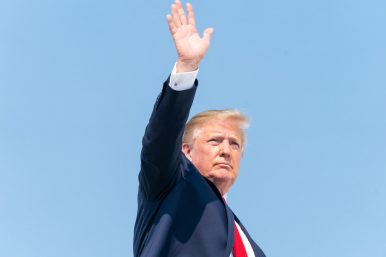
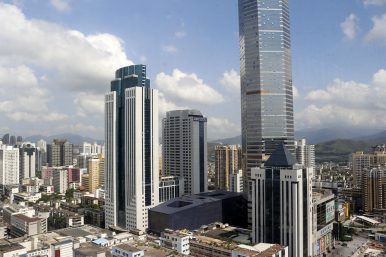
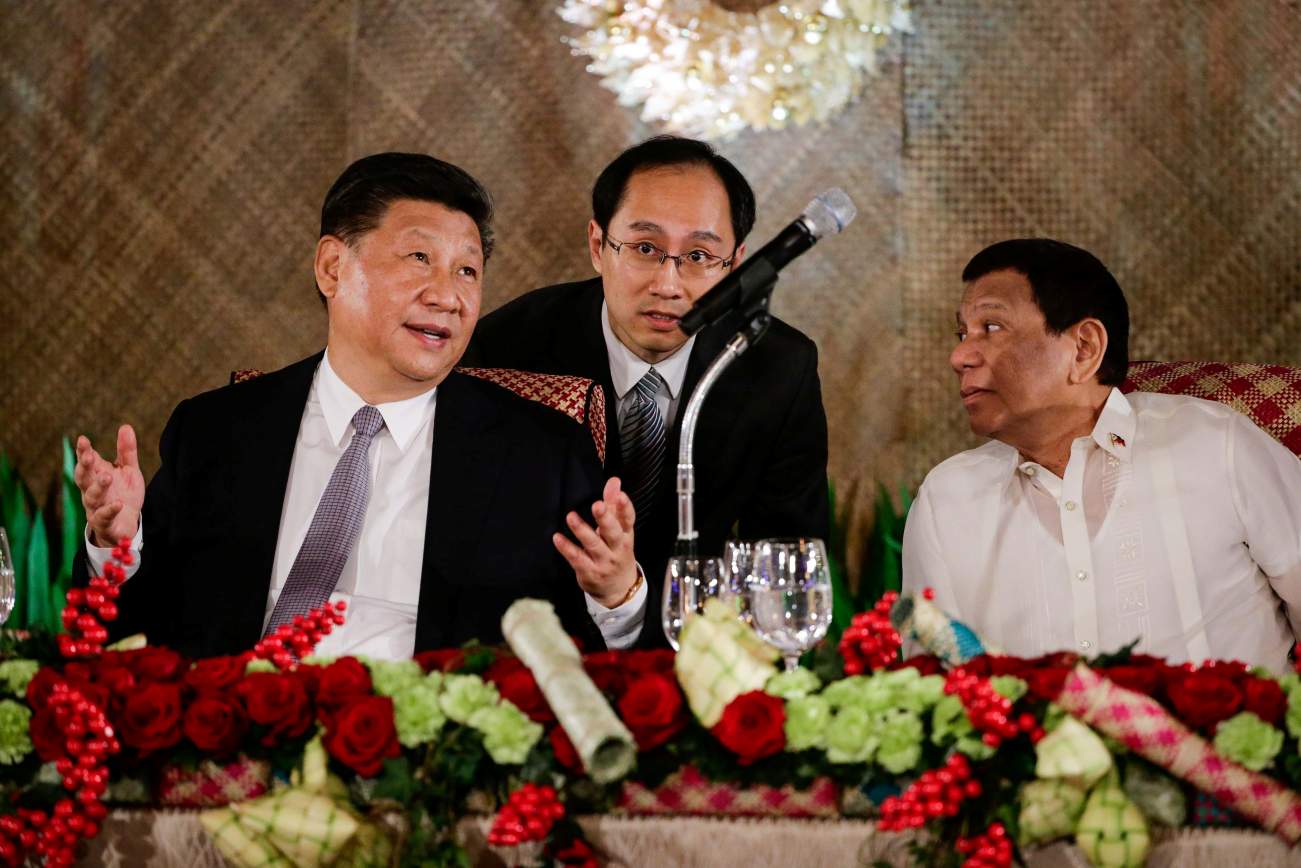
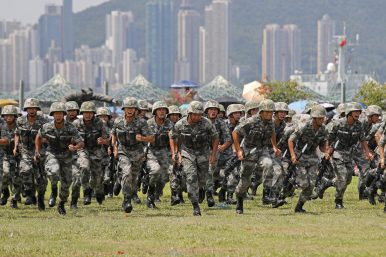








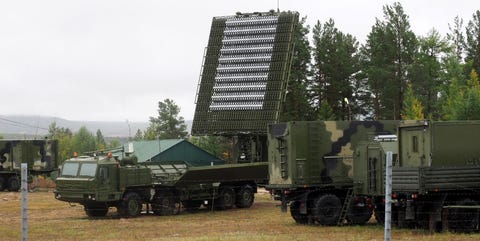
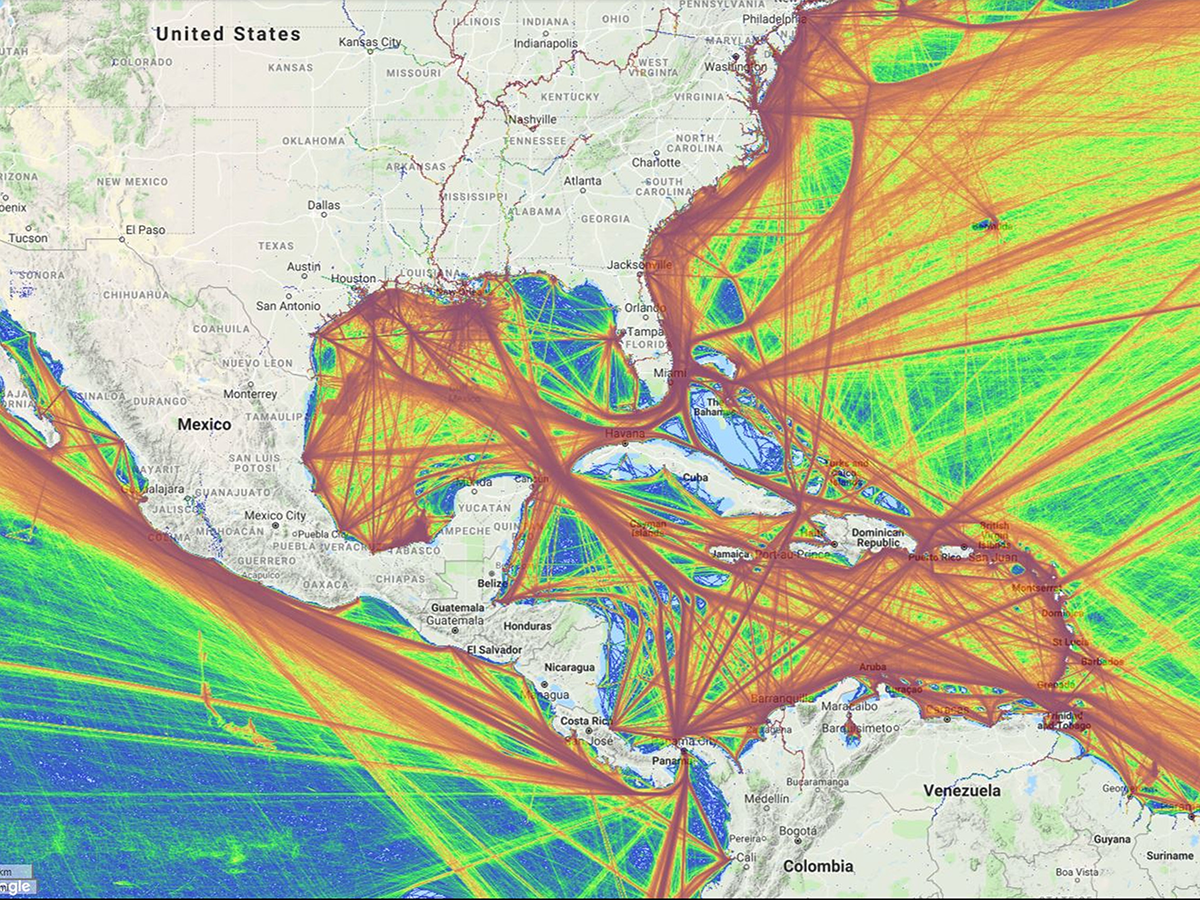
/arc-anglerfish-arc2-prod-mco.s3.amazonaws.com/public/D7XDK2HA3ZBHNBXXS7W6YAIHOE.jpg)

/arc-anglerfish-arc2-prod-mco.s3.amazonaws.com/public/NGSNMVM225GADCIWRLHSUIKHNY.jpg)

/arc-anglerfish-arc2-prod-mco.s3.amazonaws.com/public/63C5CNSFXJH4FFXYEZOLCNMEII.jpg)